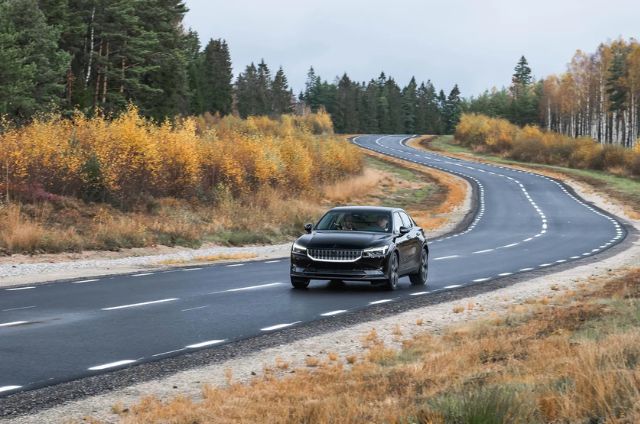China Shows What’s Possible
China has surged ahead in the race for ultra-fast EV charging. Automakers like BYD are introducing vehicles that can add more than 250 miles of range in under 10 minutes. These breakthroughs are paired with 1,000-kilowatt chargers—an industry first that pushes charging speeds into new territory. With plans for over 4,000 “flash charging” stations nationwide, China is showing that rapid charging isn’t a far-off vision. It’s happening right now.
The country’s progress stems from heavy investments, simplified approval processes, and close partnerships between carmakers and utilities. By treating charging networks as critical infrastructure, China has ensured that new technology can be rolled out quickly and at scale.
The U.S. Is Building Its Own Momentum
America doesn’t yet offer five-minute charging, but the pieces are falling into place. EVs like the GMC Hummer EV, Porsche Taycan, and Lucid Air already achieve charging rates of 300–400 kW. BMW’s Neue Klasse platform and upcoming Mercedes models are also being engineered for faster speeds.
The challenge isn’t about building capable cars—it’s about aligning chargers, vehicles, and grid access. That alignment is starting. The reinstated NEVI program is funding public fast chargers on major highways, ensuring drivers will soon have access to faster and more reliable infrastructure.
Infrastructure and Industry Are Catching Up
Deploying megawatt chargers isn’t simple. It demands grid upgrades and coordination with utilities. But U.S. companies are rising to the challenge. Alpitronic’s HYC1000 charger, for instance, is designed for future-ready EVs and heavy-duty trucks, preparing the market for the next leap.
Europe offers a valuable lesson: build the chargers first. By installing ultra-fast stations before cars could use them, Europe ensured its network was ready when technology caught up. The U.S. appears to be moving in a similar direction.
The Next Phase Is Coming
Fast charging is shifting from concept to reality. With high-voltage EVs entering the market and federal programs funding the backbone of a charging network, the U.S. is closing the gap.
Today’s 15-minute recharge could soon shrink to five. The story isn’t about being behind—it’s about building smarter, lasting solutions that will power millions of EVs in the years ahead.



